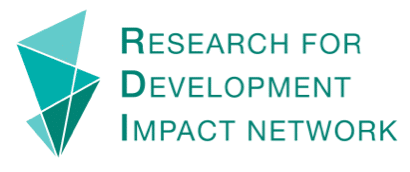What is intersectionality?
Intersectionality understands inequities as resulting from the intersection of different social locations, power relations and experiences. For instance, a person’s lived experience is shaped by their ethnicity, gender, sexual orientation, as well as their location, class and marital or employment status. How these social locations interact can deepen inequities, or lead to specific forms of marginalisation that are not captured by a single characteristic.
This multidimensional view of people’s lives also recognizes that people can be privileged and oppressed at the same time, and that how this is experienced can depend on time, place and social context.
Why is it important?
Intersectional approaches alter how social problems are identified, understood and addressed. Intersectional analyses produce more accurate understandings of the disadvantages and discriminations people face. This in turn helps to design policies and programs that address the root causes of social challenges. It also helps to identify those who may be overlooked by analysis that focus on a single category, such as gender or sexual identity.
In this way it makes visible those who might otherwise be overlooked and left behind by development interventions. Rather than blanket responses, intersectional approaches can inform more effective interventions. Such as enabling partnerships and coalition-building because they are concerned with dismantling shared structures of power, such as patriarch and racism, rather than organising around identities or single issues.
Principles for doing intersectionality
Intersectionality looks at intersecting categories and multi-level analysis. The importance of any category or power structure in any situation is not predetermined, but discovered through investigation. Power is understood as relational. People can be privileged and oppressed at the same time, and that how this is experienced can depend on time, place and social context.
Intersectionality addresses power through reflexivity. This requires researchers and policy makers to practice self-awareness about their own position, power and privilege and how this affects their work. It also recognizes a diversity of knowledge. It centers the perspective of the most marginalized, and recognizes lived experience as a valid form of evidence of inequality.
Intersectional approaches are concerned with achieving equity and transforming social structures. It is also concerned with resistance and resilience as a means of disrupting power and oppression.
Addressing intersectionality in development
Development organisations need to consider their staff’s confidence and capacity to apply intersectional approaches. Discussions with staff and partners help to build knowledge of intersectionality as well as develop relationships. As well as applying intersectional principles, development researchers should consider equity in terms of who is collecting and analyzing data. Attention should also be paid to ensuring that research communicates intersecting inequalities and influences policy to meet development challenges.
However, intersectional approaches also unearth challenging issues where competing issues are at play. Development organisations will encounter questions about whether and which intersectional issues to address, and how these decisions are made. Those affected should be included in the process of identifying solutions and designing projects, programs and policies.
Read the full articles:
- Intersectionality 101 (Primer, 30 mins, PDF 3.32 MB)
- The importance of intersectionality (Video, 6 mins)
- Unpacking intersection approaches to data (webpage, 10 mins)
- Exploring intersectionality: what does it look like for IIED and our partners (Blog, 10 mins)



